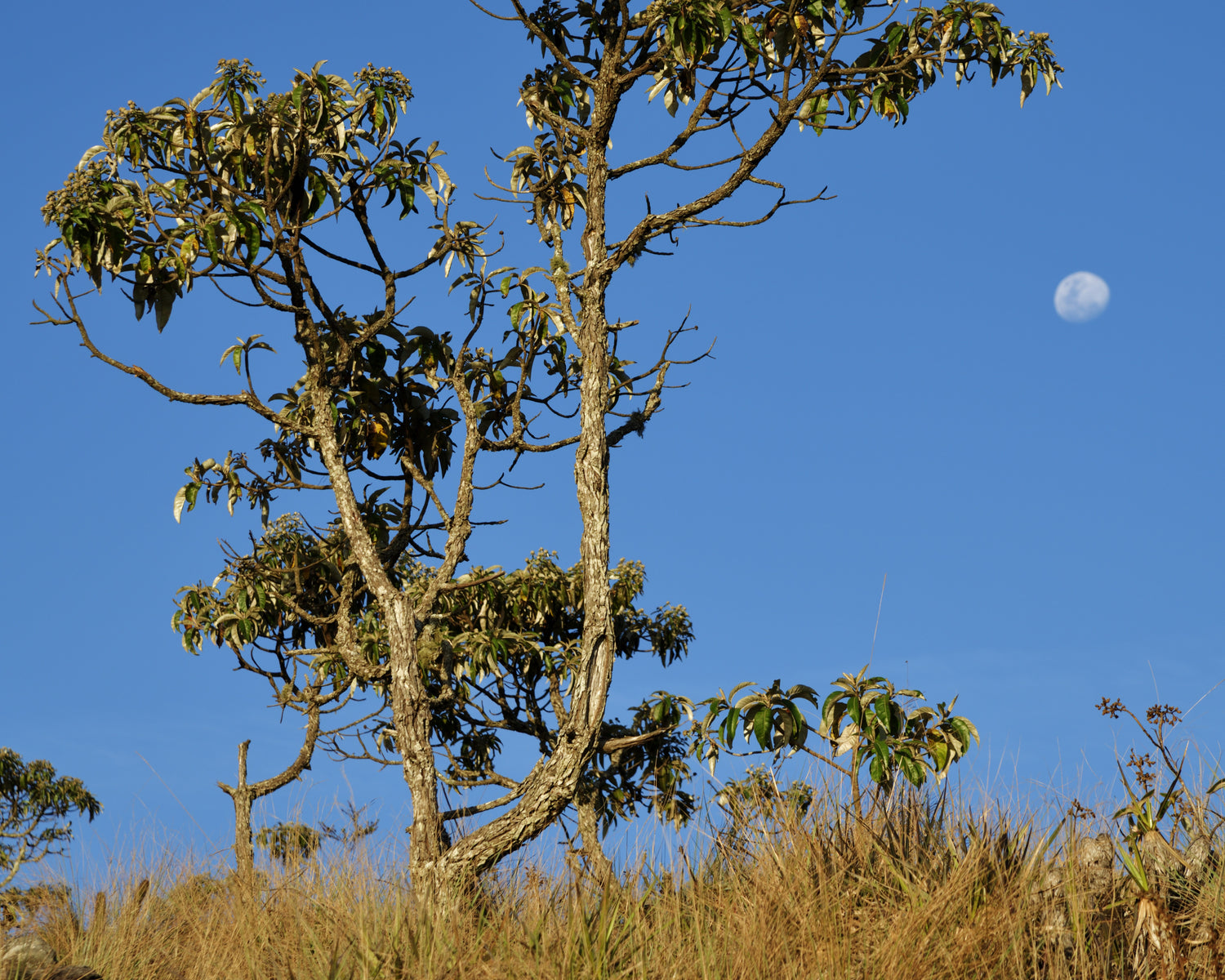
Candeia tree
The Candeia tree owes its name to its resinous wood, which burns easily and was formerly used as a torch or candle. "Candeia" comes from the Portuguese and means "candle" or "lamp."
The Candeia tree (scientifically Eremanthus erythropappus ) is native to Brazil and thrives in light forests or savannas (“Cerrado”) on well-drained, rather nutrient-poor soils.
(-) α-Bisabolol is a natural, colorless sesquiterpene alcohol. It was long known as the main component of chamomile oil before Brazilian researchers discovered that candeia oil provides a particularly high concentration (up to 90%).
In the mid-20th century, Brazilian researchers systematically analyzed the essential oil from the tree's trunk for the first time. They discovered that α-bisabolol was responsible not only for its pleasant scent, but also, and most importantly, for its anti-inflammatory, skin-soothing, and skin-protecting properties . In the 1960s and 1970s, pharmacological studies confirmed that the substance could inhibit the formation of pro-inflammatory messengers and provide lasting soothing for irritated skin.


